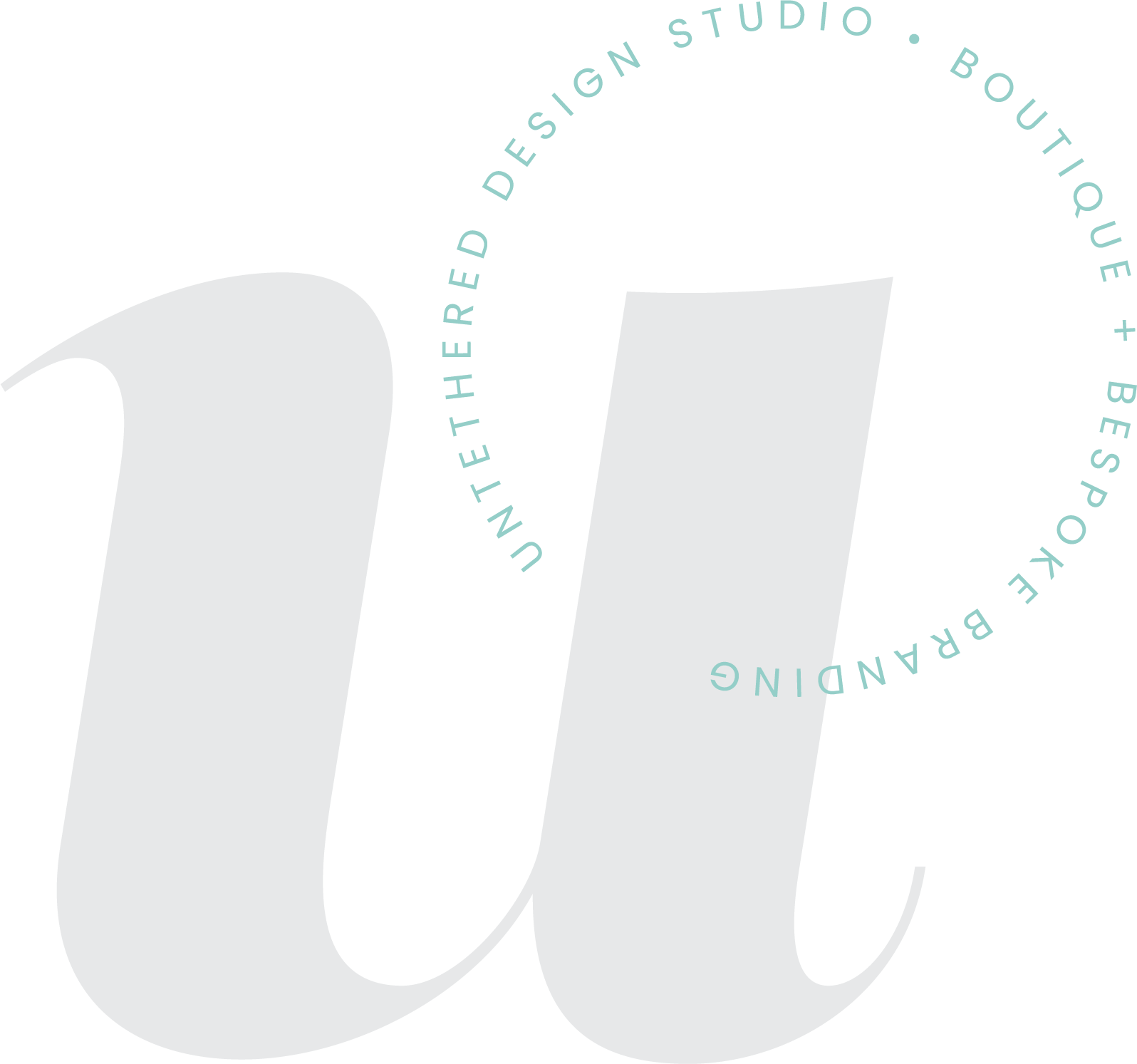5 ingredients of a "good brand" — and what makes it so good
Have you ever wondered why some brands are so iconic? Known and recognized by literally anyone in the world — appearing in some form everywhere you turn? What makes them so special, so striking, so engaging? Why do they attract so many people from their ideal client base? You know the ones I’m talking about — the golden arch of Mickey Dee’s, the green color palette of Starbucks, that simple but now forever famous “swoosh.” Why is that we only need to see a simple shape, read a slogan, hear a jingle or see a distinct color to know exactly what we’re looking at?
Good and successful brands give people an experience. I’m not just talking about a fun logo, interactive website or a sign that you see in the sky. While those are all elements of the brand, too, I’m talking about the tangible and sensory-related things that stimulate us, every time we come into contact with the brand. Over and over and over again. No matter which McDonald’s you go to in the U.S., you’re going to have the same overall brand experience. The menu, the smell of their food, the layout of the restaurant and more. The same goes for Starbucks – your drink of choice (should) most likely always taste the same. The store should smell the same, the employees are dressed the same and again, the menu is the same. It took years, premium marketing and endless creative strategies to make these experiences happen and continue to happen, but that’s what makes for a successful brand. It takes time, thoughtful investments and energy. Although most of us entrepreneurs are not Fortune 500 company owners and we might not even have a staff at all, we can still follow similar practices of the big brands, to help get our messages and what we’re about out into the world — so that our reputation and client base can grow.
1) It’s customized, unique and stands out in a crowd.
This is kind of a no-brainer. With so many entrepreneurs running the same types of businesses in the online world today, it’s crucial and a must that you stand out. Not that you need to worry about competition, but you need to be authentic, real and genuine. Your visual identity, messaging, strategies and everything about your brand should encompass and reflect who you are. Your personality should shine through and attract people within moments of coming into contact with your brand.
2) It’s memorable.
Being memorable is an extension of being unique and standing out. You want people to experience something that they’ll only experience when dealing with you. And, you want people to either keep coming back to you after they’ve worked with you or remember you enough to use when they are ready to hire.
3) It’s relatable and visually pleasing.
People connect with things that they know and like. Obviously, someone who is your ideal client/right fit will enjoy their brand experience with you, if you can make them feel good and deliver on what they need. People relate to people and they’re instantly attracted to strong imagery and compelling copy. If you have an identity that is approachable, inviting and attractive, they will more than likely want to keep experiencing you — whether it’s through reading your blog posts, downloading a freebie or scheduling a consult to actually talk to you about you can offer them.
4) It can be seamlessly transitioned across a variety of platforms.
So many elements play into this. Whether it’s your collection of fonts, color palette, logo or website, everything needs to be consistent and cohesive. And, these elements should all work together well. If you pull the website up on a desktop, it should still look responsive and be mobile-friendly when viewed on a smaller device. Your logo should be visible and readable whether it’s on a billboard, t-shirt, website, tote bag or coffee mug. Shapes, elements and the overall look and feel of every single one of your materials, whether printed or digital, should be translatable across all mediums and platforms.
5) It will last for a long time and not quickly look dated.
This last point is KEY. Design changes constantly. What’s “in” now, might not be popular next year. Graphic design is a lot like fashion design in that way. Trends come and go. Keep this in mind whether you’re designing or hiring a designer to handle all of your branding. Develop visuals that will be able to hang for a while. That way, even five years from now, your identity will still look relevant, modern, legitimate and therefore, professional. You want to still be taken seriously and not have a logo that looks like it was created in 2000.

